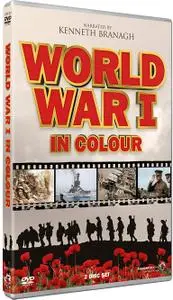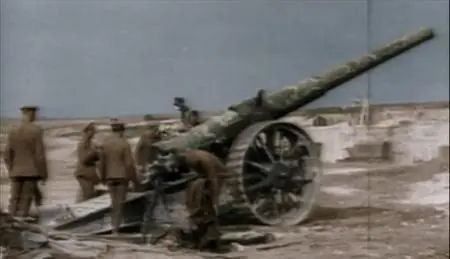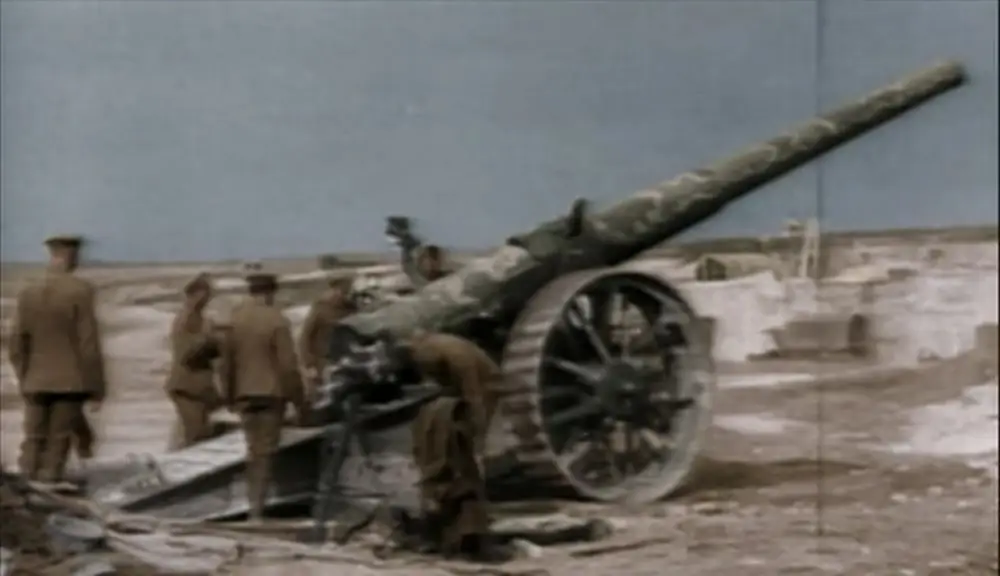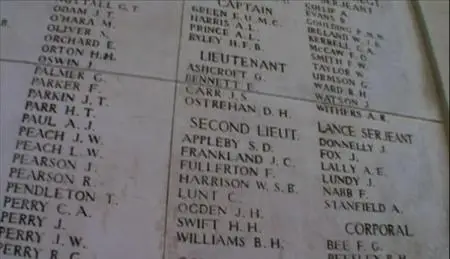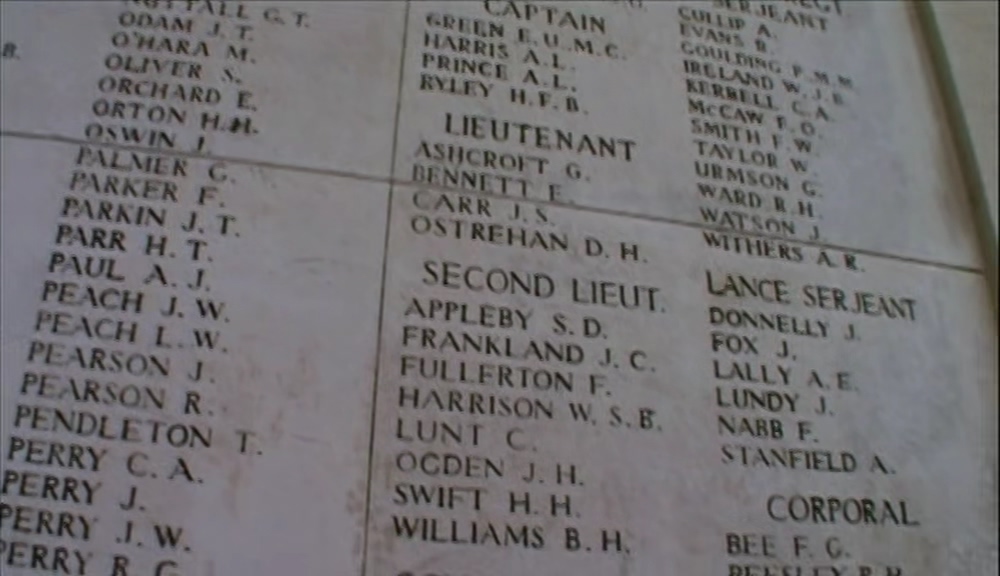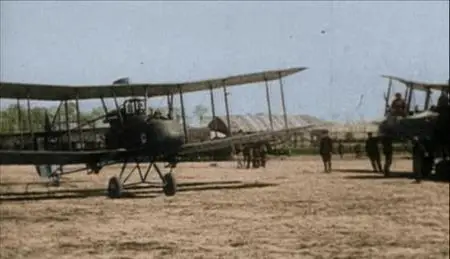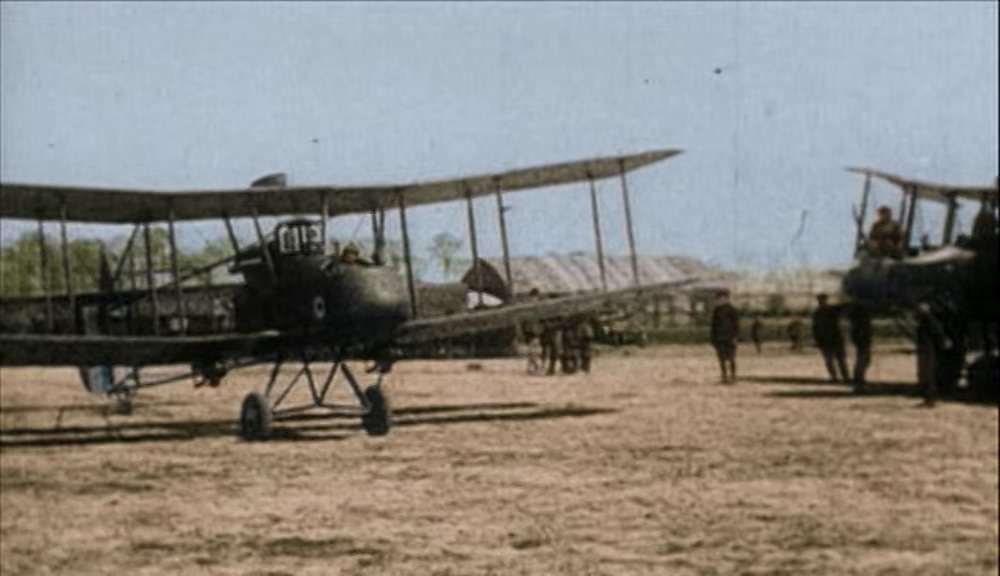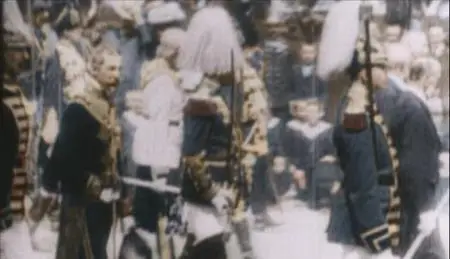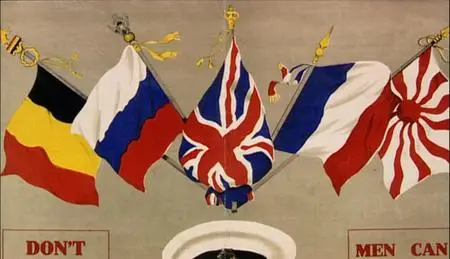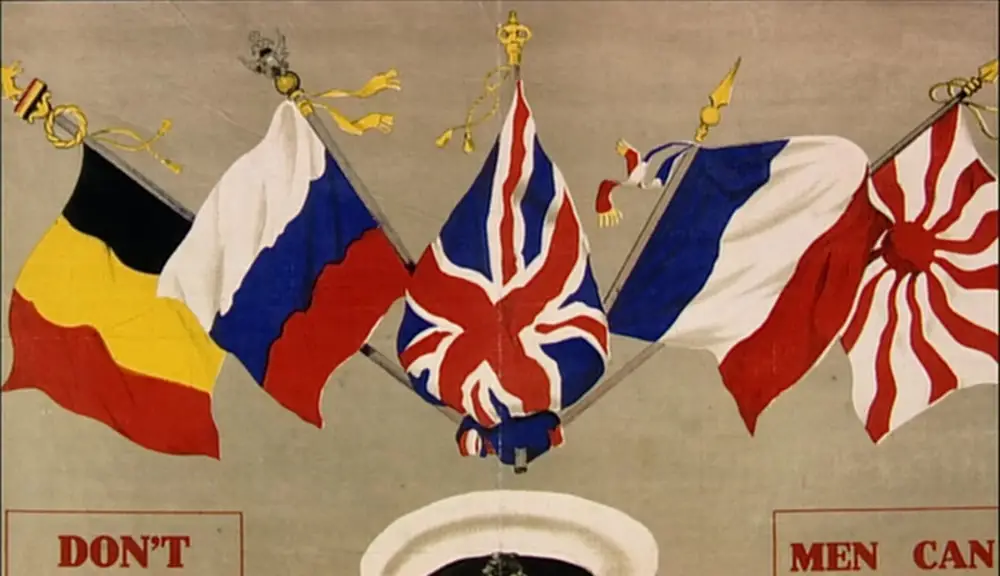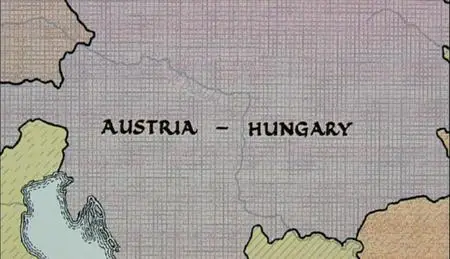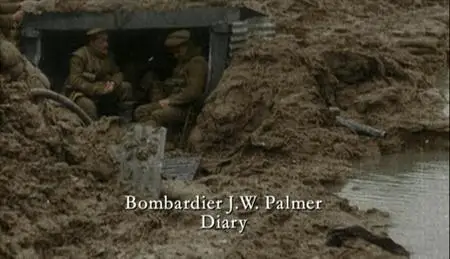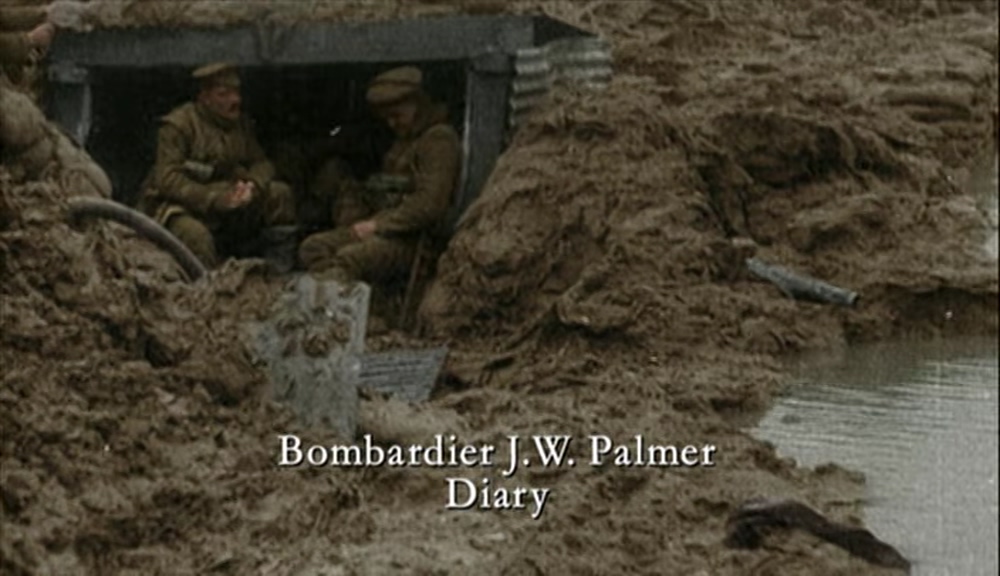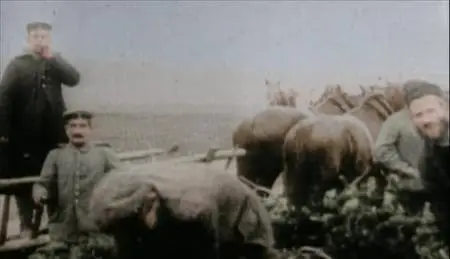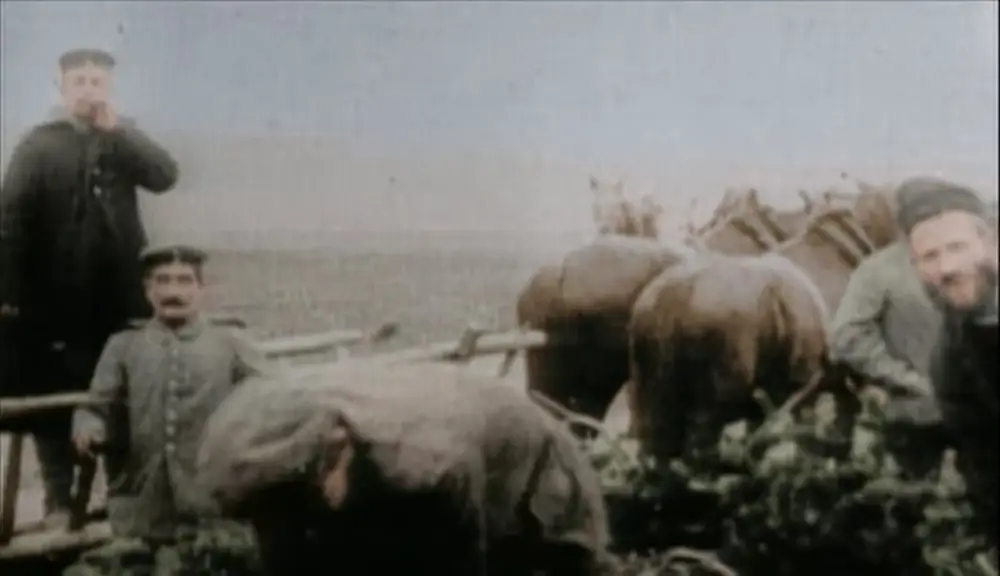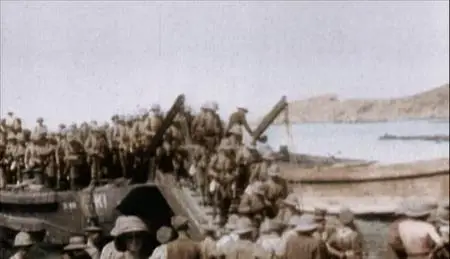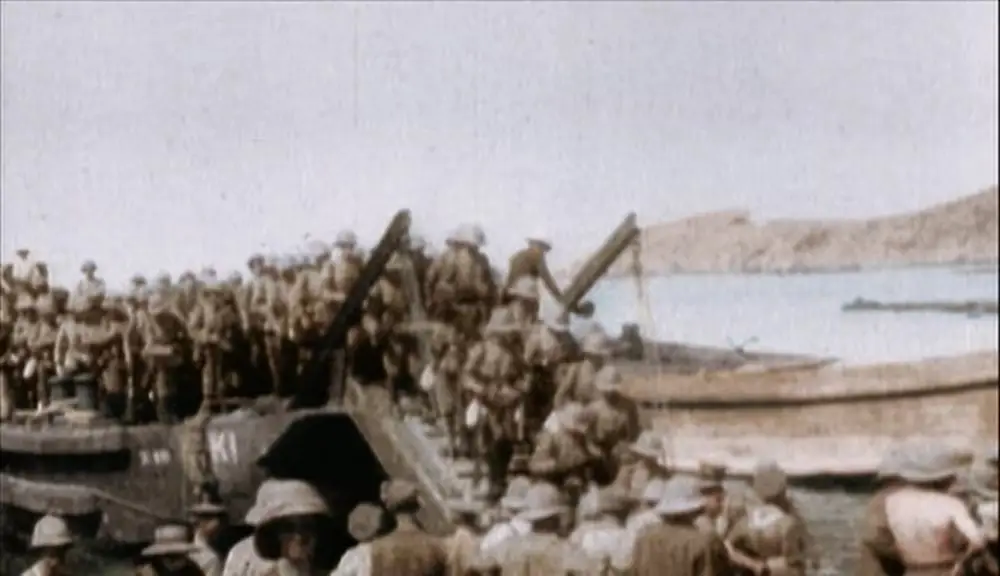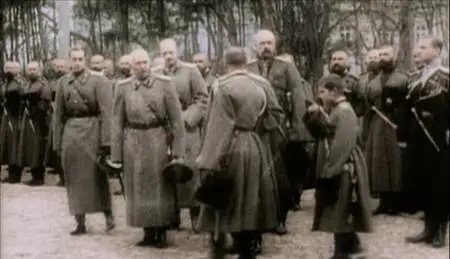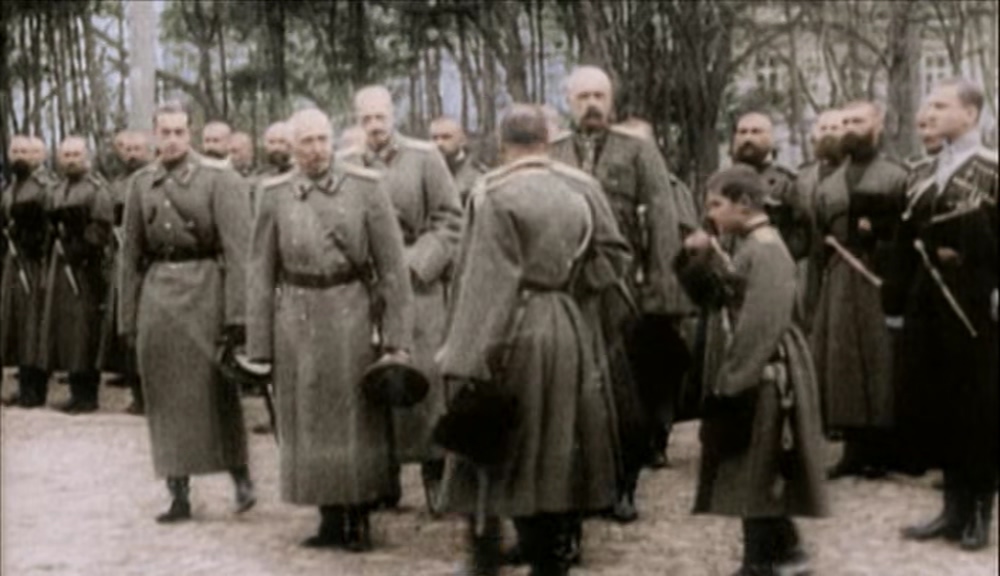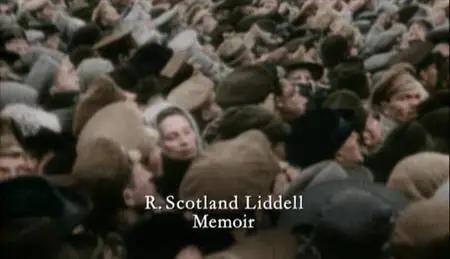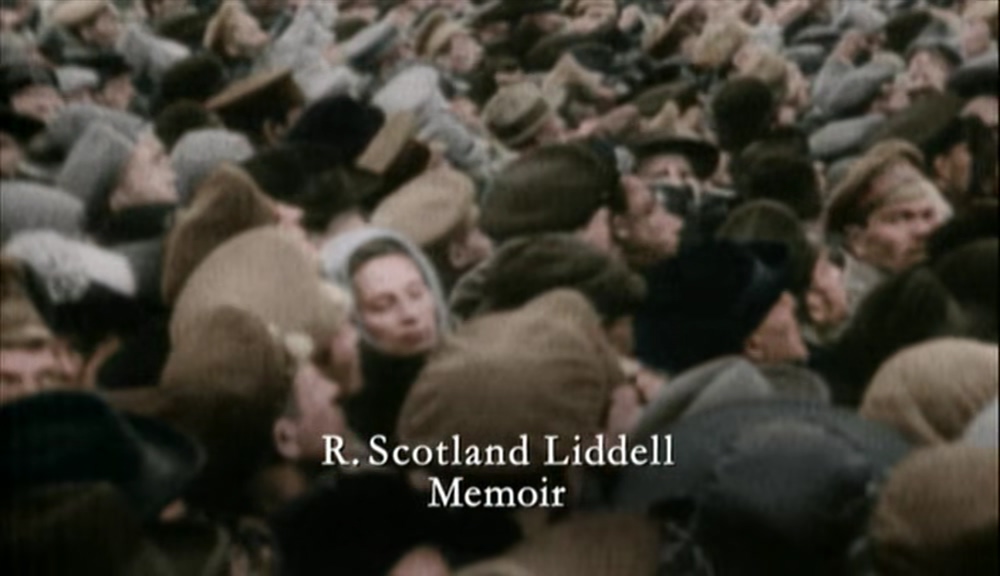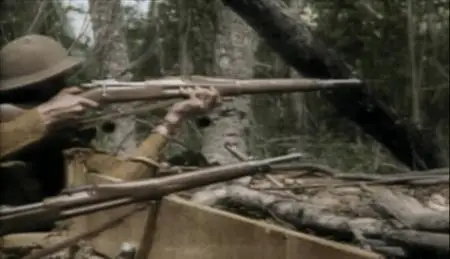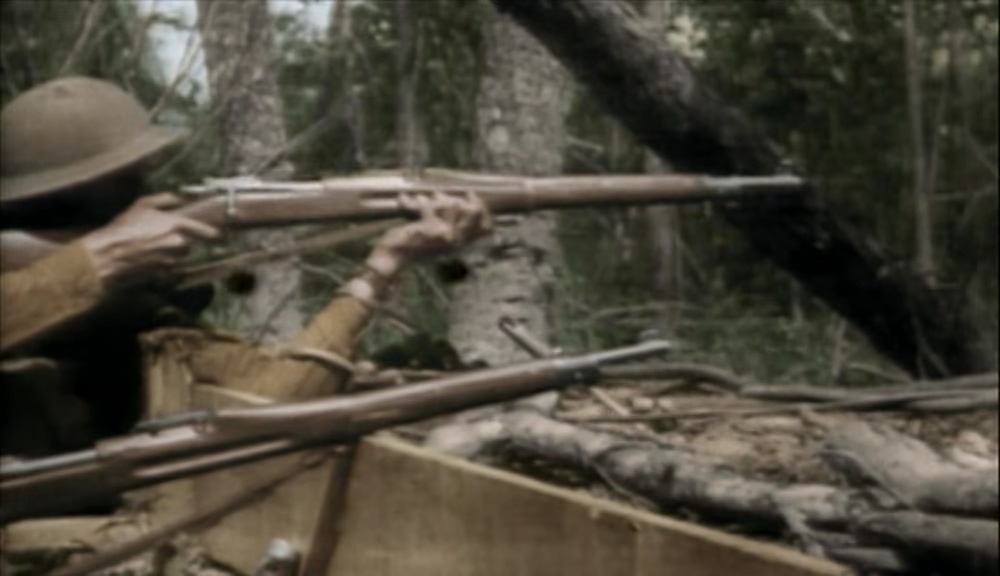World War 1 in Colour (2003) + Extra
7 Episodes | 1 Extra Video (15 min) | ~554 MB / Episode | 48 min / Epesode
DVDRip | mkv | x265 HEVC @ ~1814 Kbps, 29.970 FPS | 704 x 576 | 5h 34min | 3.8 GB
Audio: English Dolby Digital (AC-3) 2.0 @ 192 Kbps, 48.0 kHz | Subtitle: none
Genres: Documentary, War
7 Episodes | 1 Extra Video (15 min) | ~554 MB / Episode | 48 min / Epesode
DVDRip | mkv | x265 HEVC @ ~1814 Kbps, 29.970 FPS | 704 x 576 | 5h 34min | 3.8 GB
Audio: English Dolby Digital (AC-3) 2.0 @ 192 Kbps, 48.0 kHz | Subtitle: none
Genres: Documentary, War
World War 1 in Colour is a documentary narrated by Kenneth Branagh. It features over five hours of rare footage from World War 1 which has been painstakingly colorized by over 400 technicians over a period of five months. The resulting documentary attempts to give new relevance to the reality and the horror of the Great War. The first of its six parts aired on September 1, 2003, in the United Kingdom. It was released on DVD in the United States as World War 1 in Color on May 10, 2005. The documentary consists of colorized footage from World War I. It also contains interviews with survivors of the conflict, including the noted veteran, Harry Patch. The series was available as a free gift in The Daily Telegraph during August 2007.MS-DOCU MS-WWI
World War I in Colour is a Channel 5 documentary (6 x 50-minute episodes) made with the cooperation of the Imperial War Museum, designed to make the Great War come alive for a 21st-century audience. The events of 1914-18 are authoritatively narrated by Kenneth Branagh, who presents the military and political overview, while interviews with historians add different perspectives. The human cost is conveyed by moving interviews with the now very elderly survivors, and by extracts from letters and memoirs. All aspects of the war, on land, sea, and air are covered in separate programmes. In theory, the series continues the heritage of ITV's The Second World War in Colour (1999) and Britain at War in Colour (2000), and with 75 percent of the material never shown on television before there is every reason to watch.
The crucial difference between this and the WWII programmes is that the Great War wasn't filmed in color, and the footage has been computer colorized. The programme-makers argue the conflict itself was in color–but however realistic the digital processing, it still feels inauthentic and historically a distortion. Worse still is there destroying the original compositions by cropping the top and bottom of the material to fit widescreen TVs. The result is a potentially excellent series badly presented, best watched with the color turned off. Even then it cannot compete with the BBC's 26-part The Great War (1964), still, one of the finest documentaries ever made.


